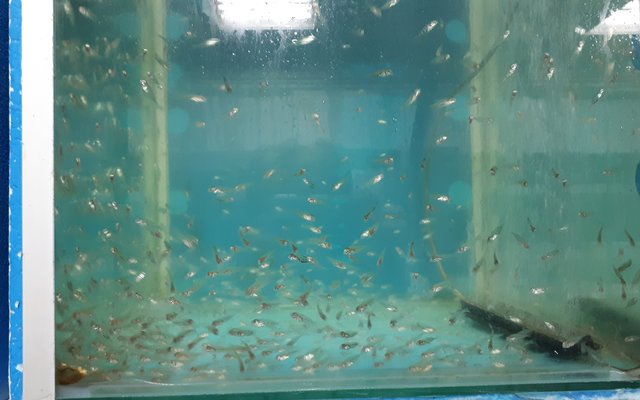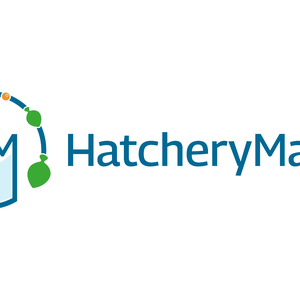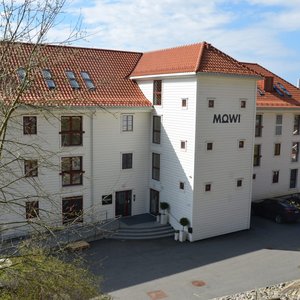In the intensive gilthead seabream (Sparus aurata) larviculture, dry feeds are introduced not earlier than 15 days post-hatching (dph). A team of Greek researchers, together with BioMar and Selonda, compared this standard protocol (DF15) with one in which dry feed is co-fed with live feed from the onset of the exogenous feeding at 4 dph (DF4). Researchers evaluated larvae performance and the functional development of the digestive system up to weaning and first grading, as well as on postlarvae performance.
Results showed that introducing dry feed in first-feeding gilthead seabream larvae (DF4) did not affect larvae growth, survival and functional development of the digestive system. Indeed, growth enhancement and lower incidence of total phenotypical deformities were found on the first grading. Moreover, postlarvae performance was improved.
Researchers concluded that a co-feeding protocol for gilthead seabream larviculture is possible, emphasizing the importance of larval rearing for subsequent production stages.
Check out the study here.













